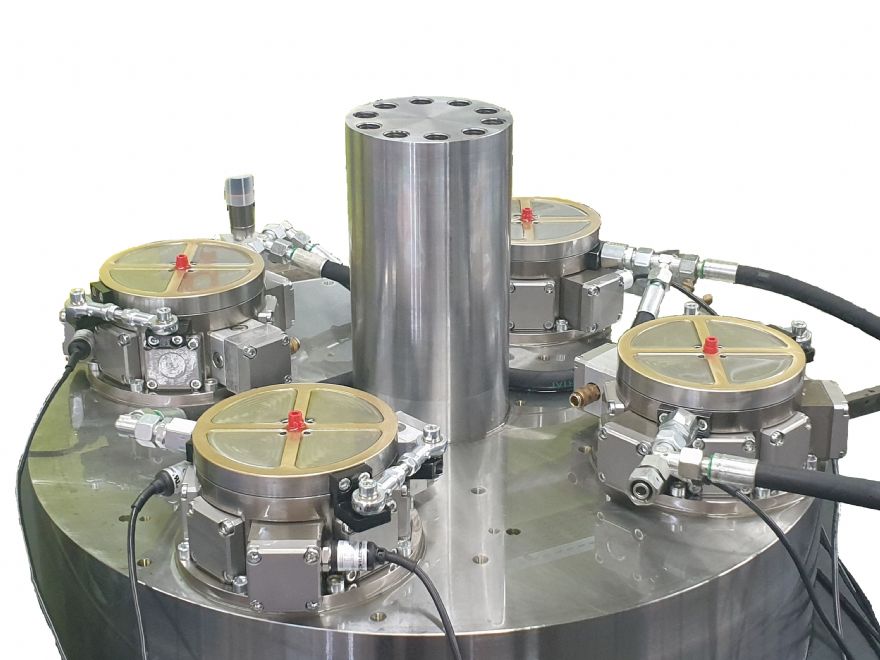
The world’s biggest optical telescope is currently being set up in the Chilean Atacama Desert. The ELT (extremely large telescope) — the world’s largest telescope for the visible and infrared spectrum — will deliver significantly sharper images of the universe than any other previous optical telescope, allowing scientists to explore planets and distant galaxies from the Cerro Amazons mountain, which is 3,046m high.
An important component of the ELT is an infrared camera which, together with its cooling unit, weighs over 8 tonnes. This camera is being mounted on hydrostatic swivel pockets from
Hyprostatik Schönfeld GmbH, part of the Schunk Group, and turned to correspond to the Earth’s rotation.
The main mirror of the ELT comprises 798 hexagonal mirrors 5cm thick, and is over 1,000m
2 in size, equivalent to four tennis courts and 15-times the size of current large telescopes; and to analyse the captured light, additional tools are required. Several German and European Institutes have been involved in research into the camera for the ELT; it is named ‘Micado’ and will capture the images from the telescope.
The camera and its cooling device weigh 8,000kg and are mounted on hydrostatic swivel pockets from Hyprostatik Schönfeld; these pockets are placed on bearing elements that are 150mm in diameter and provide a ‘highly level surface’. Fitted to the sides of each axial bearing swivel pocket are eight progressive flow controllers (PM flow controllers). As the load on the pockets increases, the PM flow controllers ensure a progressive increase in the oil flow. If the load on the pockets decreases, the oil flow is reduced accordingly.
With the PM flow controller, rigidities some three- to six-times higher are achieved compared with conventional controllers with capillaries. In total, eight radial bearing swivel pockets secure the axis of rotation; the base bodies of these are made from stainless steel, while the upper sections are also coated with aluminium bronze. Thanks to the hydrostatic mounting, the bearing ring can ‘float’ freely, allowing the camera to rotate very slowly and without jerking. Moreover, vibrations from outside are dampened by the bearings.
For the ELT, the particularly high radial and axial run-out quality of the hydrostatic bearings is important, as even the smallest fluctuations could affect the images taken by the infrared camera and potentially represent the targeted object incorrectly.
Similar hydrostatic bearings from Hyprostatik Schönfeld are already being used for the ‘Sofia’ telescope in a Boeing 747 belonging to
NASA and have been working problem-free for 18 years now. In the Himalayas, the 150-tonne ARIES system with 3.6m mirrors also rotates on a Hyprostatik bearing.